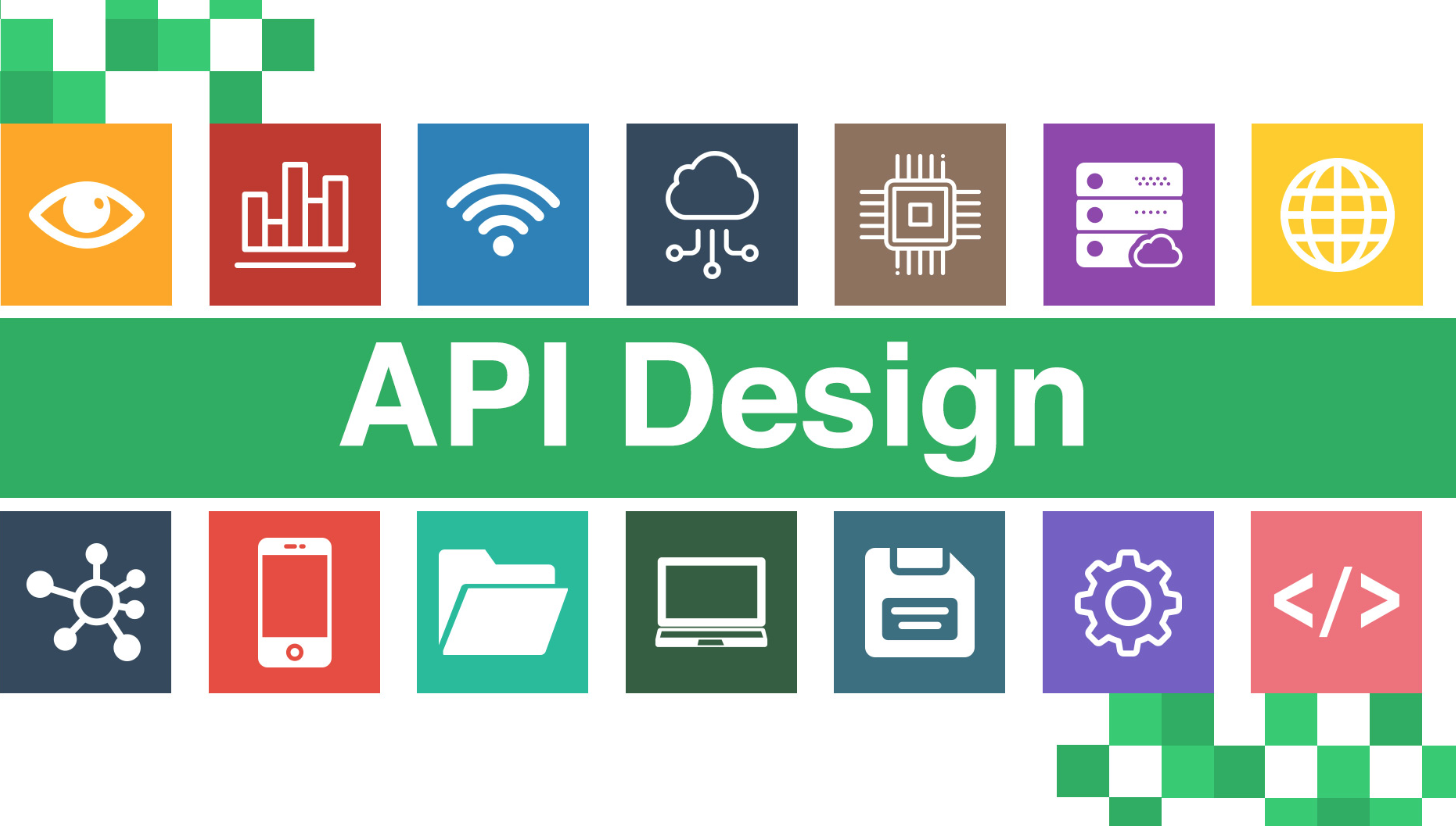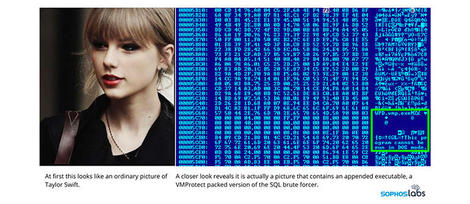
Learning how to design an API from beginning to end takes a lot of effort, motivation, and of course, working hours. APIs are a big thing nowadays and a lot of things actually depend on them working properly. For that reason, if you’re creating an API, you need to put in some serious work.
Errors happen from time to time, but you need to make an effort to eliminate them completely. In order to help you sharpen your skills, here we have a couple of principles that should guide your design process. By following these principles, you’ll be able to start making useful APIs in no time.
How to make something with a real world use?
Interfaces should be as much user-friendly as possible. The end user wants to implement an API to save some time. They don’t want to waste more time learning a new language in order to use the API. The Interface should be simple to use, so all of the users can have access to all the information they need as fast as they can.
Your API is going to be used by real people that want to solve real problems. The point here is to identify the possible consumer of the API and find out in which way it can help them with their own projects. If you’re designing an API that has no potential user base or real world use, you should scrap the project and start from the beginning.
How to respect existing standards and to be consistent?
The standards for all developers need to be the same. The standards are there to reduce the time you would need to learn some new representations. That can lead to many problems and can cause a lot of headaches. Naturally, this will lead to some usability problems, both for the developers and consumers. Everything needs to be clear to the user. That’s why you need to do as much web API testing as possible.
Interface inconsistency is a big problem too. Imagine, if you are the developer and the interface of a program you’re using makes no sense. You probably won’t use that program ever again. And dealing with trying to correct these inconsistencies will only make your code bigger. That will make the API unappealing to the users and create more even more trouble down the line.
Why do we need Documentation on APIs?
The API documentation is very important to the users. An API without proper documentation will only end up wasting the user’s time. That API isn’t worth anyone’s time. And people who decide to use it will countless question on how your API works and how to implement it. Try to avoid all of that by documenting everything right from the start.
In the documentation, you should provide all the information on your APIs architecture and all the necessary thing related to it. Working on documentation may be tiring, however, this doesn’t mean you can cut any corners in this part of the design process. The documentation is the interface through which the developers will interact with actual interface of your API.
Final Thoughts
As we said, creating APIs is not an easy job. And building APIs that are actually worth someone’s time and attention is even harder. But that doesn’t mean it’s impossible. By putting in some work and following the principles we laid out for you will help you reach your goal. These guiding principles will help you to cut some corners, save time and possibly keep your sanity.
That’s it – those were some of the principles you should follow in order to design a good API. We hope you found our writing interesting and our advices helpful. As always, if you have any question, feel free to ask us in the comment section below and we’ll answer them as soon as possible.








Leave a Reply